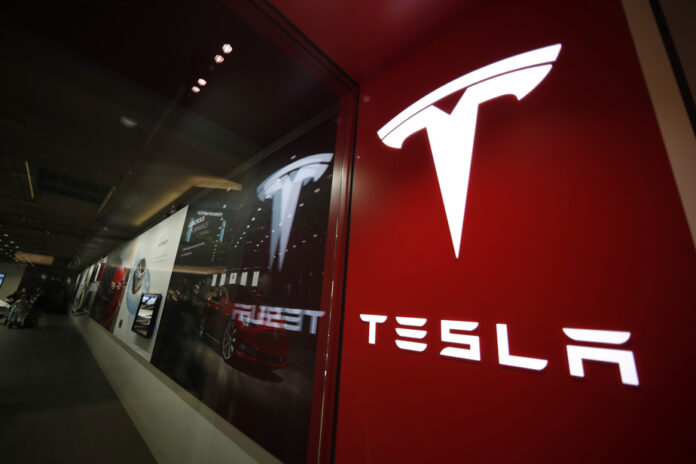(Detroit) Tesla’s vehicle sales rose 36% in the first quarter after the company cut prices twice in a bid to stimulate demand.
The electric car, SUV and truck maker said it sold 422,875 vehicles globally from January to March, up from just over 310,000 a year ago. But the increase is lower than analysts’ estimates, which forecast 432,000 for the quarter, according to FactSet.
This is still a record for the company.
Tesla slashed prices from US$5,000 to US$10,000 (CDN$6,700 to 13.5000) in early March on its most expensive models, S and X. In January, it slashed prices on several of its electric vehicles . Some versions of the ― best-selling ― Model Y small SUV have seen their prices drop by as much as 20%.
Tesla announces that it will release its first quarter results after markets close on April 19.
When Tesla lowered prices, some analysts wondered if demand was slowing. Others have suggested the company is taking advantage of its higher profit margins in an effort to snatch market share from competitors and traditional automakers that are starting to sell more electric vehicles. Some analysts have predicted the start of a widespread price war that has yet to materialize, at least in the United States.
Tesla produced more vehicles than it sold in the first quarter, at 440,808.
In early March, CEO Elon Musk acknowledged that affordability remained a drag on sales, but said many people still wanted to buy a Tesla. “The main factor is their ability to pay,” he said.
In the United States, the most popular Model Y costs a minimum of US$54,990, while the base price of the Model 3 is US$42,990. A Model S has a starting price of US$89,990, while the X starts at US$99,990.
Tesla is also coming under increasing scrutiny from US regulators, who have opened multiple investigations and forced the recall of the company’s self-driving software for unsafe behavior. The National Highway Traffic Safety Administration is investigating Tesla for steering wheels that can fall off, seat belts that may fail to restrain people in crashes, and partially automated systems that can ram into parked or otherwise emergency vehicles. stop for no reason.















